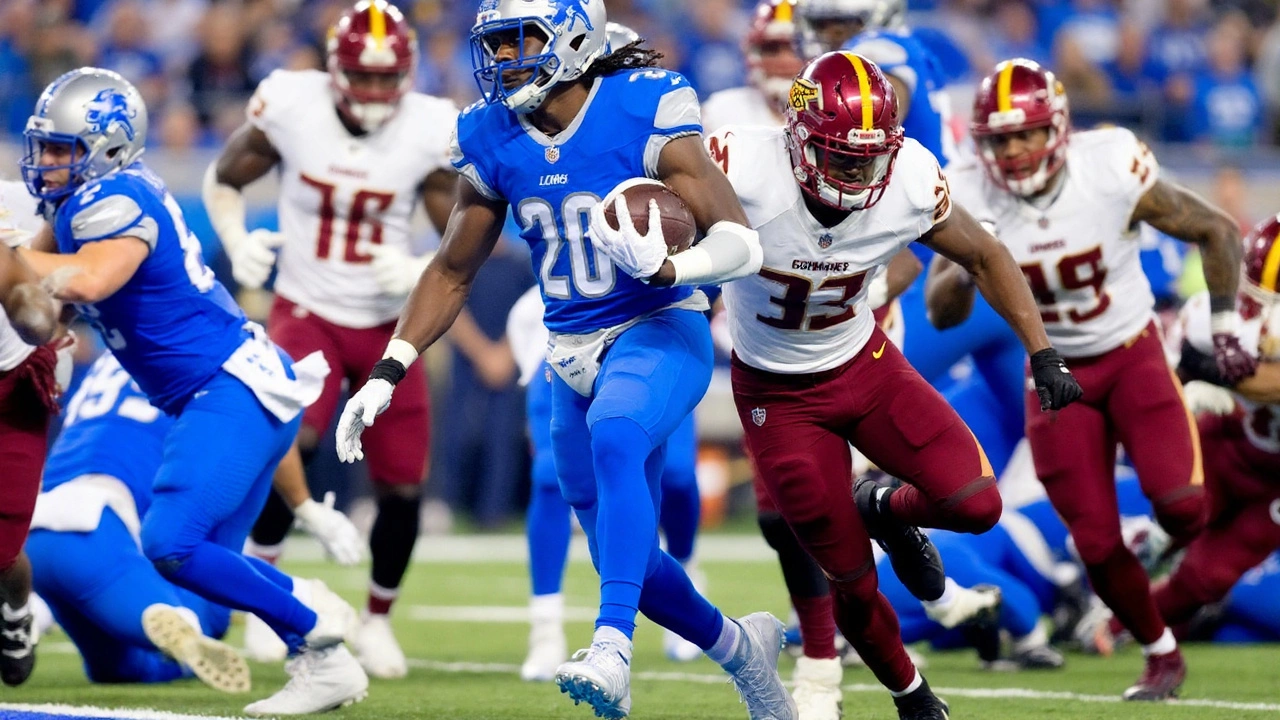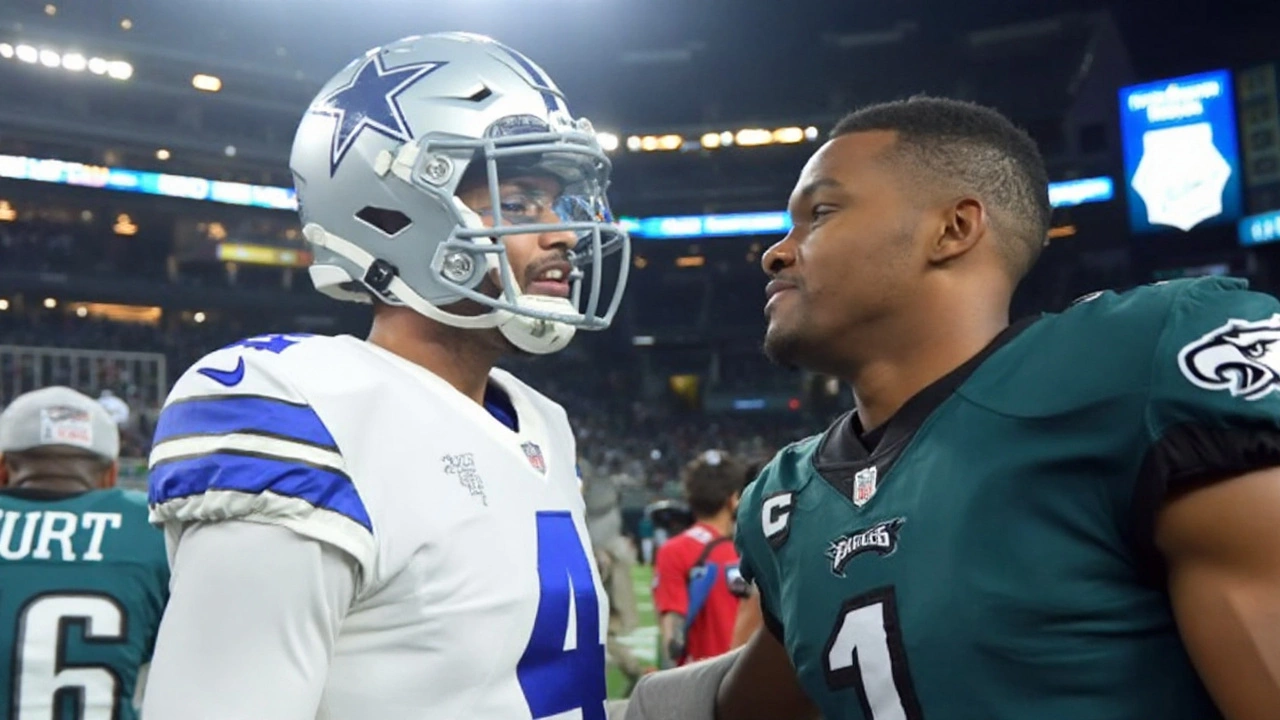A billion-click blackout hits hours before kickoff
Billions of clicks vanished in an instant. Just hours before the Philadelphia Eagles hosted the Dallas Cowboys to open the NFL season at Lincoln Financial Field, the illegal sports site Streameast went dark. For fans who planned to watch for free, it was a jolt. For rights holders, it was the moment they’ve been pushing toward for years.
Federal authorities shut down what investigators describe as the world’s largest illegal sports streaming network after a months-long, cross-border probe. The operation, led by the Alliance for Creativity and Entertainment (ACE) — a coalition that includes Netflix, Disney, DAZN, and Warner Bros. Discovery — culminated in two arrests in Cairo, Egypt, on August 24, 2025. The takedown landed on game night, forcing millions to switch to official platforms like NBC, Peacock, NBC Sports, and fuboTV.
At its peak, Streameast drew more than 1.6 billion visits a year across 80-plus domains. It served up live feeds from the four major U.S. leagues, MLS, combat sports pay-per-views, and top international soccer — all without paying for rights. The scale made it the place people turned to when they didn’t want another subscription.
ACE’s chairman, Charles Rivkin, called the shutdown a major win and framed it as a signal to the biggest piracy rings worldwide. The message: law enforcement is willing to chase these operations across borders and across the internet’s maze of mirror sites.

How the takedown unfolded — and why timing mattered
Investigators say the network didn’t run on a single website. It relied on a rotating roster of domains, traffic-hungry social accounts, and off-the-shelf streaming tech. When one URL got flagged, another popped up. That cat-and-mouse game is standard in sports piracy. But it’s harder to sustain when devices, cash, and the ad-money funnel get seized in one sweep.
- Two suspects arrested in Cairo on August 24, 2025
- Three laptops and four smartphones confiscated
- Cash, cryptocurrency balances, and credit cards seized
- Evidence of a UAE shell company used to launder ad revenue
- Roughly $6.2 million in illegal advertising funds tracked
- Real estate bought with those funds seized
That money trail matters. Illegal sports sites often survive on programmatic advertising: pop-ups, sketchy banners, affiliate links. The dollars move through shell companies to mask the source. Cutting off that flow can do more damage than grabbing a single domain.
beIN MEDIA GROUP’s anti-piracy lead, Cameron Andrews, put it bluntly: sports piracy isn’t harmless. It chips away at the money that pays for media rights, league operations, and, eventually, player salaries. That cost gets passed around — in higher fees, fewer local broadcasts, or fewer investment dollars for production and tech.
The decision to act on opening night wasn’t an accident. Leagues and rights holders often time enforcement around tentpole moments — opening day, playoffs, rivalry games — when illegal sites draw the most traffic and new users. The goal is simple: shift habits at the exact moment viewers are choosing where to watch.
That shift happened fast. Fans who had planned to stream the Eagles–Cowboys game for free scrambled to log into NBC and Peacock or sign up for live TV services. Some reported delays and login hiccups — common when a crush of last-minute viewers hits at once. Others dusted off cable credentials or tried a free trial.
Why now? Live sports are the backbone of TV. NFL rights are the crown jewel, and more games each year have streaming components or exclusive windows. As the league leans deeper into digital, the pressure to protect those streams has only grown. Expect more of these high-profile enforcement actions as the season unfolds.
On the field, the story was just as big. The Eagles, fresh off a title run, opened the season at home. Saquon Barkley entered his second year in Philadelphia after a monster debut: 2,005 rushing yards and 13 touchdowns. Dallas, always eager to spoil a party, came in looking to throw an early punch in a stacked NFC East. It wasn’t just a Week 1 game. It was a tone-setter, both for the division and for how fans watch football in 2025.
For viewers drifting between free streams and official apps, there are real trade-offs. Illegal sites are unreliable and risky — they can inject malware, skim data, or flood your device with junkware. Streams drop at the worst possible time. On the other hand, legal services cost money, and juggling multiple subscriptions is frustrating. That tension is exactly what pirates exploit.
If you’re figuring out how to watch legally going forward, here’s what typically works for NFL games on NBC: Peacock carries the broadcast stream; cable and satellite providers include NBC; and live TV streamers like fuboTV, YouTube TV, and Hulu + Live TV offer NBC in most markets. In a few cities, a digital antenna still gets you the local NBC station over the air. It’s not one-size-fits-all, but the options are wider than they were a few years ago.
Will this be the end of copycat sites? No. Expect mirrors and lookalike domains to pop up. Some will claim to be “the new Streameast,” often just to harvest clicks or install malware. Others might restream via smaller networks that move around global hosting providers. Enforcement is a marathon: blocklists, domain seizures, ad-tech pressure, and, when possible, arrests.
We’ve seen this play before. Rights holders have leaned on courts in several countries to block illegal streams in real time during big matches. Coalitions like ACE coordinate with payment processors and ad networks to choke off revenue. When one high-traffic hub goes down, it raises the cost for those trying to rebuild — and it pushes more fans to official services, even if just for the night.
For casual users worried about legal risk: the big legal targets are the operators, not the individual viewers, particularly in the United States. But that doesn’t make it safe. The biggest threat to users is security — malware, phishing, and stolen credentials — and losing the stream right as the game gets interesting.
For the industry, the $6.2 million ad figure flagged by investigators is the headline, but the ripple effect is bigger. Those dollars don’t sit still. They fund server bills, new domains, social promotion, and ad buys to attract more viewers. Cut the loop, and streaky sites have a harder time scaling.
So where does this go next? More coordinated takedowns, almost certainly timed to major sports moments. More pressure on ad exchanges and hosting providers. And more effort from leagues and platforms to make legal viewing easier — simpler bundles, clearer local rights, fewer blackout surprises. When the legal path is obvious and fairly priced, fewer fans go hunting for a pirate feed.
For now, one huge site is gone, and a spotlight just swung to the next one that tries to take its place. The season is long. So is the fight to control where and how we watch it.

